September 25, 2025 • 14 min read
What is Customer Enablement & Why is it Important?

Content Writer
September 25, 2025

Customer enablement elevates your business past traditional support structures by proactively giving customers the tools, knowledge, and resources they need to get the most out of your product. 32% of customers are willing to cut business with a brand they trust after just one bad customer experience.[*] Enablement works; the results are clear: higher adoption rates, reduced support costs on your end, and customers who become lifelong advocates for your brand.
The difference between companies that survive and those that will tread water boils down to how effective they are at enabling customers to succeed using their tools. This guide will walk you through the creation of a successful customer enablement strategy that can scale. We’ll touch on foundational assessment all the way to advanced optimization.
What Is Customer Enablement?
Customer enablement is the strategic framework of giving your customers the skills, resources, and knowledge they need to get the outcomes they want via your services and products. Where reactive support responds to problems, enablement moves proactively by anticipating your customers' needs, then throwing in education before they hit snags or problems arise.
Customer enablement serves as the bridge that closes the gaps between product capabilities and customer success. 63% of consumers report they look into the onboarding process before pulling the trigger on a service or buying something. This initial enablement phase is mission-critical for long-term retention.[*] Companies that invest in robust enablement programs see significant return on investment (ROI), with more than half using time to value as the most vital customer experience KPI to measure the success of the customer onboarding process.[*]
Core Components of Customer Enablement
Effectual customer enablement means operating on five interconnected elements that drive autonomy and satisfaction:
- Onboarding and Training: This forms the foundation of the process with structured programs that are made to bring customers from the first steps of signup to eventual product mastery. Programs must be tailored by use case, experience level, and individual roles
- Self-Service Resources: These resources are meant to allow customers to find their own answers through well-organized knowledge bases, thoughtful FAQs, and maintained documentation that sees common questions coming from a mile away
- Personalized Support: This element sees that not all customers are built the same or have needs that are alike. Dedicated success managers and specified outreach campaigns allows this component to service your high-value accounts and keep them attended to at all times
- In-App Guidance: This provides contextual help that automatically kicks in exactly when and where customers should expect to find it. Whether it’s interactive tutorials, guided tours, or tooltops that are already embedded into the product experience, these help users find useful features organically and quickly
- Continuous Improvement & Community: This portion mainly comprises the communities and forums formed by you or by your customers to provide peer-to-peer knowledge. The ultimate goal is to generate a groundswell of continuous improvement loops based on customer input and complaints
With all these elements, you can formulate meaningful customer experiences that scale and create world-class digital customer experiences.
Why Customer Enablement Drives Business Growth
Customers need to understand your products’ abilities to be able to naturally explore what features they need, adopt the more advanced functionalities you offer, and integrate your solution into their workflows. When customers adopt all parts of your product, they’re apt to expand their accounts with you and less likely to churn.
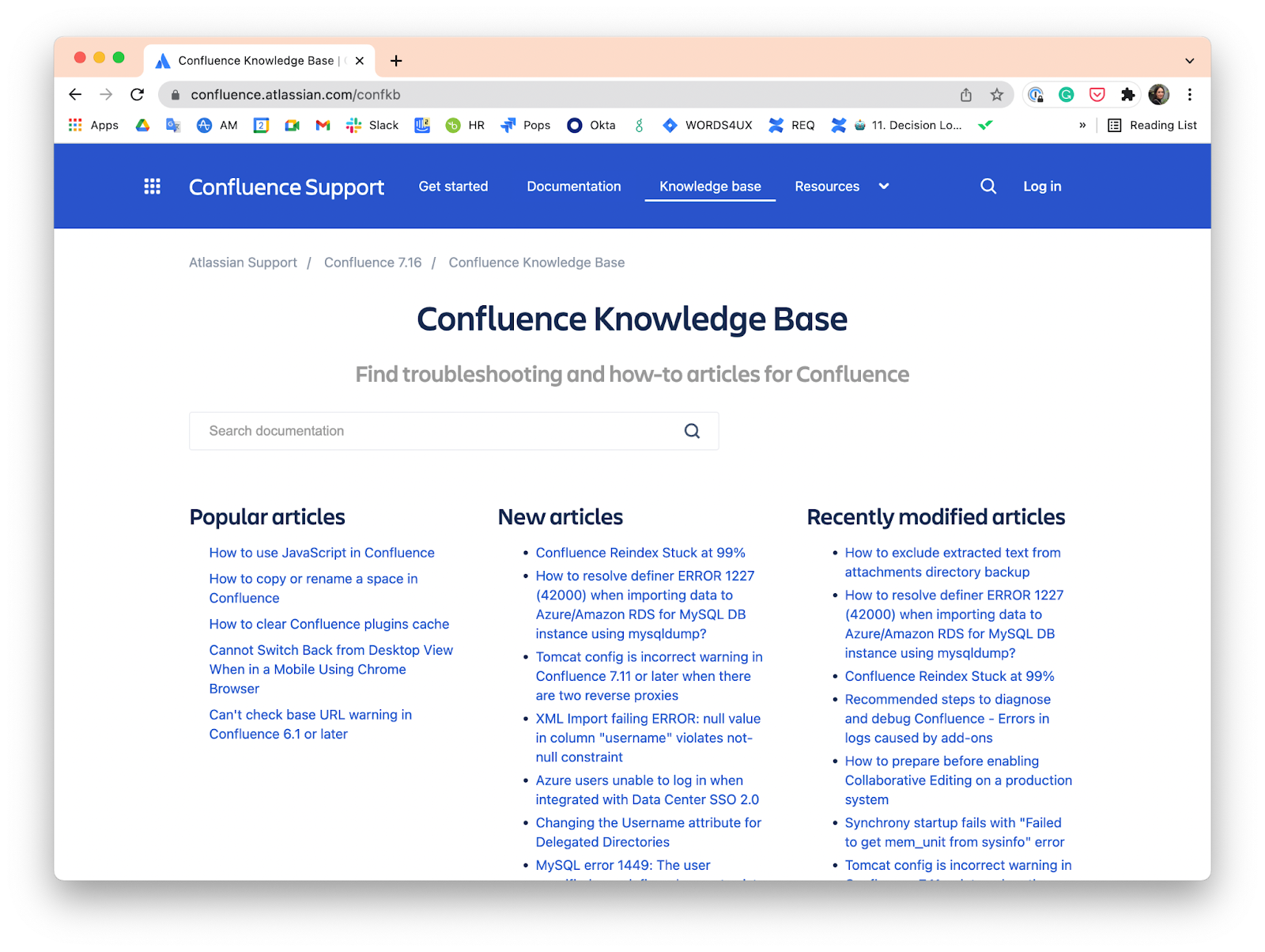
Knowledge is the key to reductions in frustration, which is the leading precursor to customer departure. The most engaged customers make purchases 90% more frequently, spend anywhere up to 60% more per transaction, and are worth 3 times the annual value of your less engaged customers.[*] Investment into enablement is a compounding effect where happy customers lead to organic growth that, in turn, cuts down your costs per acquisition for new customers.
Customer Enablement vs. Related Functions
Customer enablement can easily be confused with other customer-facing functions, but we’ve outlined distinctions to see where enablement fits into your organization and how it can contribute to your other existing efforts.
Customer Enablement vs. Customer Success
Both customer success and customer enablement touch on outcomes but operate on drastically different scales. Customer enablement is all about education and ensuring customers are empowered through scalable, one-to-many initiatives via documentation or training programs. Customer success is strategic guidance that operates on a more one-to-one and personalized basis via dedicated managers.
| Customer Enablement | Customer Success | |
|---|---|---|
| Primary Focus | Education and self-sufficiency | Strategic guidance and relationship management |
| Delivery Model | One-to-many, scalable | One-to-one, personalized |
| Key Activities | Training, documentation, community building | Account management, strategic planning |
| Success Metrics | Adoption rates, support deflection | Account health, expansion revenue |
Customer Enablement vs. Sales Enablement
Where customer enablement is about the post-purchase product mastery and helping customers find the most value in their purchase, sales enablement is about the pre-purchase world and equipping your sales team with tools to sell correctly. A whopping 90% of organizations say they have sales enablement teams and programs which has caused many companies to put the same level of effort into customer-facing enablement initiatives.[*]
| Customer Enablement | Sales Enablement | |
|---|---|---|
| Target Audience | Existing customers and end users | Internal sales teams |
| Timing | Post-purchase throughout customer lifecycle | Pre-purchase during sales process |
| Primary Goal | Product adoption and value realization | Sales effectiveness and revenue generation |
| Success Metrics | Feature adoption, time to value, customer satisfaction | Win rates, deal velocity, quota attainment |
Building Your Customer Enablement Strategy
The most successful customer enablement programs are those that account for systematic planning and use a phased implementation process to assure both immediate impact as well as long-term sustainability and profitability. We’ve outlined the phases for you below:
Phase 1: Foundation
You need to think about having a clear understanding of your current frameworks and overall state for measuring performance before thinking about even launching any enablement initiatives.
Assess Current State
Your first thing to look at is support ticket data to look for the common markers of customer pain points. Customers should be surveyed about their preferences when it comes to learning about your product. You’ll also need to construct customer journey maps and map your existing resource pipelines. Baseline metrics for product adoption rates, customer satisfaction (CSAT), and time to first value need to be established as well. Average adoption rates on all sectors were 24.5% while the median was just 16.5%[*]
Define Success Metrics
You will also need to find the metrics that bind successful enablement to your existing business outcomes, this could include product adoption rates per feature, support ticket reduction amounts, CSAT scores, and certificate completion rates. You will also need to learn how to measure customer experiences.
Phase 2: Content Development
With your foundation, you’ll need to broker and create education resources to form an enablement program backbone that carries together enablement and information.
Create Learning Pathways
Designing a structured learning journey is a must, from basic familiarity with processes to overall advanced user mastery. Consider the creation of five distinct pathways: Quick Start, Administrator Training, Advanced Features, Integration Guide, and End User Mastery. Each of these needs to have clear prerequisites and defined outcomes to ensure users actually learn your product.
Develop Resource Types
Diversity within content formats is key to accommodating all users. Use video tutorials for the more visually inclined learners, written documentation for those who seek reference materials, interactive demos for the hands-on crowd who need practice, live webinars to foster community learning, and templates for those who want to hit the ground running on implementation.
Phase 3: Delivery Systems
Once you’ve siloed and created content for consumption, you will need to reliably and systematically deliver, organize, and maintain these enablement resources.
Implement Enablement Platforms
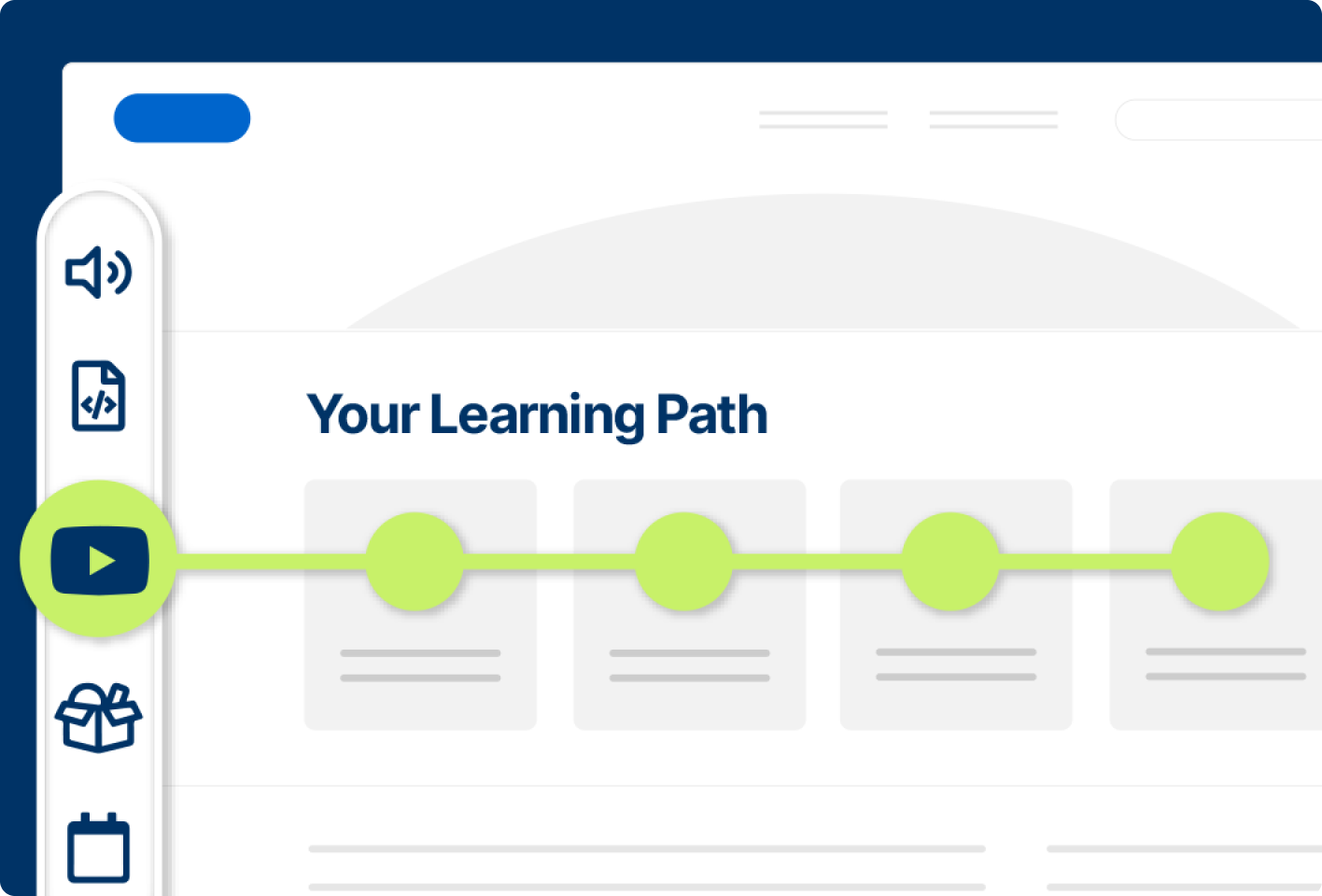
You will need to choose platforms that best align with your overall strategy. We found that the most popular Learning Management System (LMS) options were Docebo for comprehensive learning management, TalentLMS for smaller organizations, and Skilljar for customer-focused education. Community platforms we liked include Khoros, Circle, and Discourse, as all of these platforms were leaders in peer-to-peer learning.
Launch Communication Strategy
Be sure to develop comprehensive communication plans whenever you plan to introduce your newer resources. A sense of community and shared responsibility is built on the bedrock of using progress celebrations or perhaps gamification to see that customers and staff acknowledge achievements and encourage wider participation.
Essential Customer Enablement Tools
You’ll need to use the right tech stack to amplify and significantly affect enablement efforts, but picking these tools needs to center around your customers’ specific needs as well as the mettle of your existing internal efforts and staff.
Learning and Training Platforms
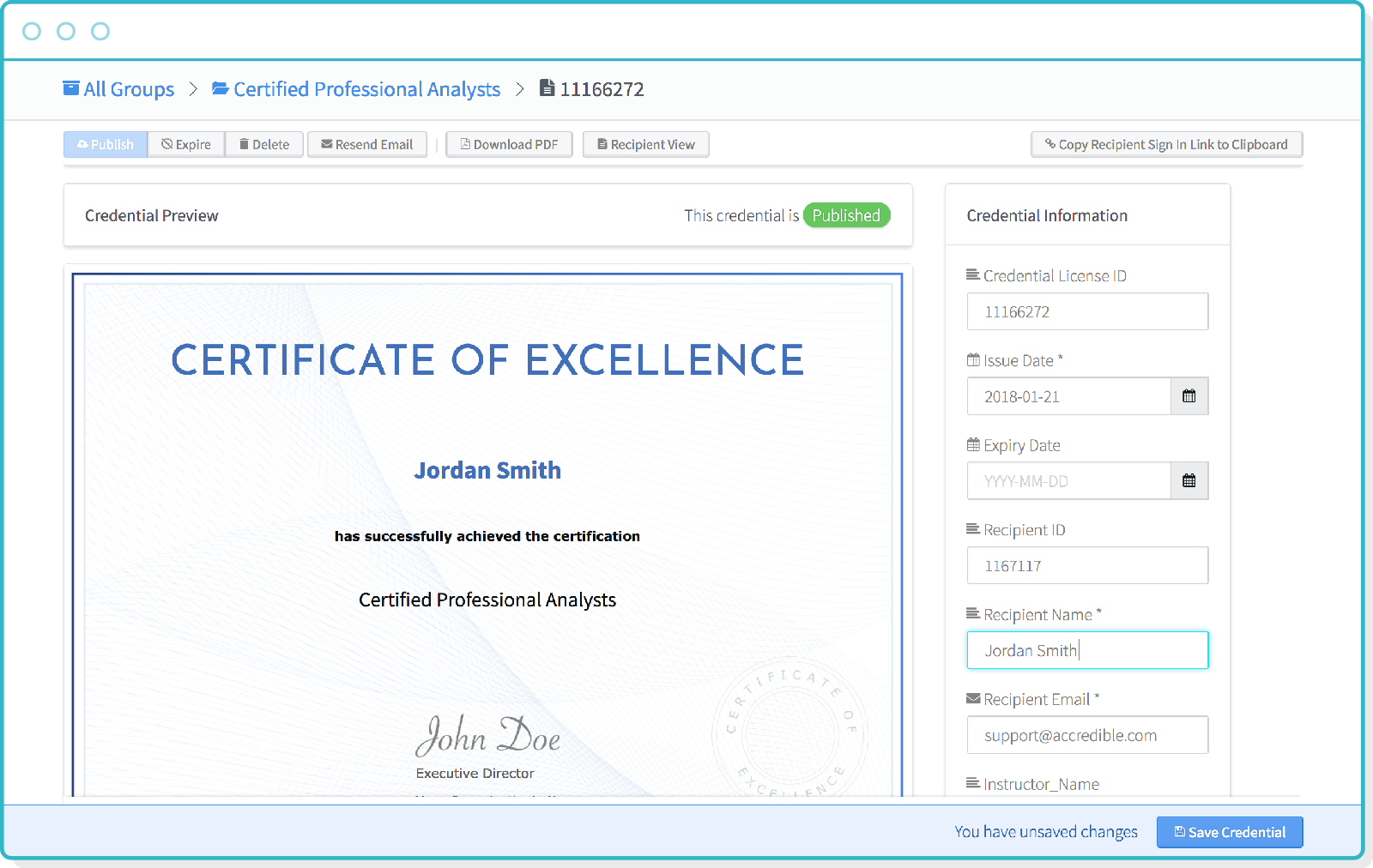
LMS solutions, whether it’s Docebo, TalentLMS, or Skilljar, can provide a sense of structure through courses and certification management. Video hosting platforms like Vidyard or Wisteria ensure that there are professional tutorial experiences that keep users aware of how to use existing features and tools. Meanwhile, certification platforms like Accredible and Credly provide digital credentials that customers can share on professional networking platforms.
Self-Service Resources
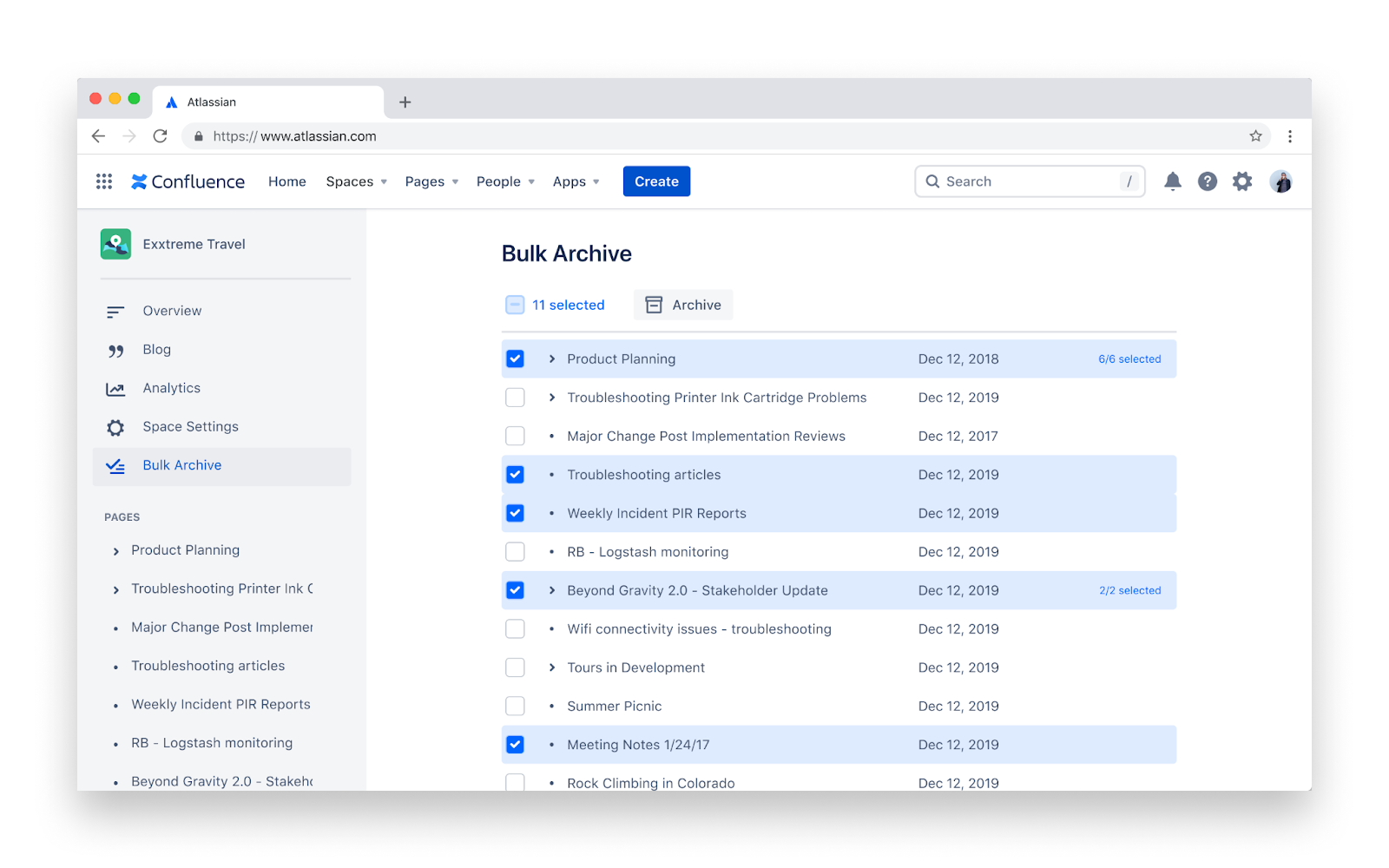
Self-service resources start with knowledge management systems such as Zendesk Guide or Confluence which organize and sort critical information into digestible and findable bites. Community platforms create spaces for peer learning and serve as a conduit to finding pain points that may be invisible to wider teams. Be sure to integrate help centers and use tools like Intercom or Help Scout to bridge these seamlessly with your customer experiences.
In-Product Enablement
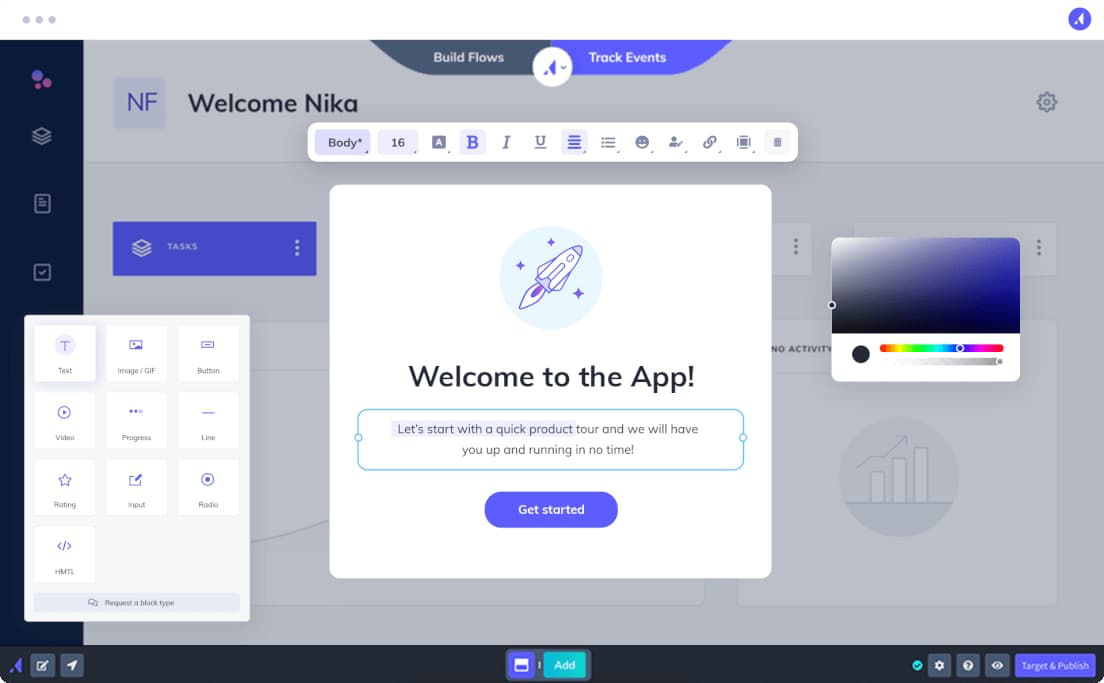
In-app guidance tools like Pendo, Appcues, and WalkMe are core to providing contextual help without hurting the overall customer experience design and user experience. Product tours should integrate Shepherd or Intro.js to create guided experiences that do not feel intrusive but rather natural and intuitive.
Feedback and Communication
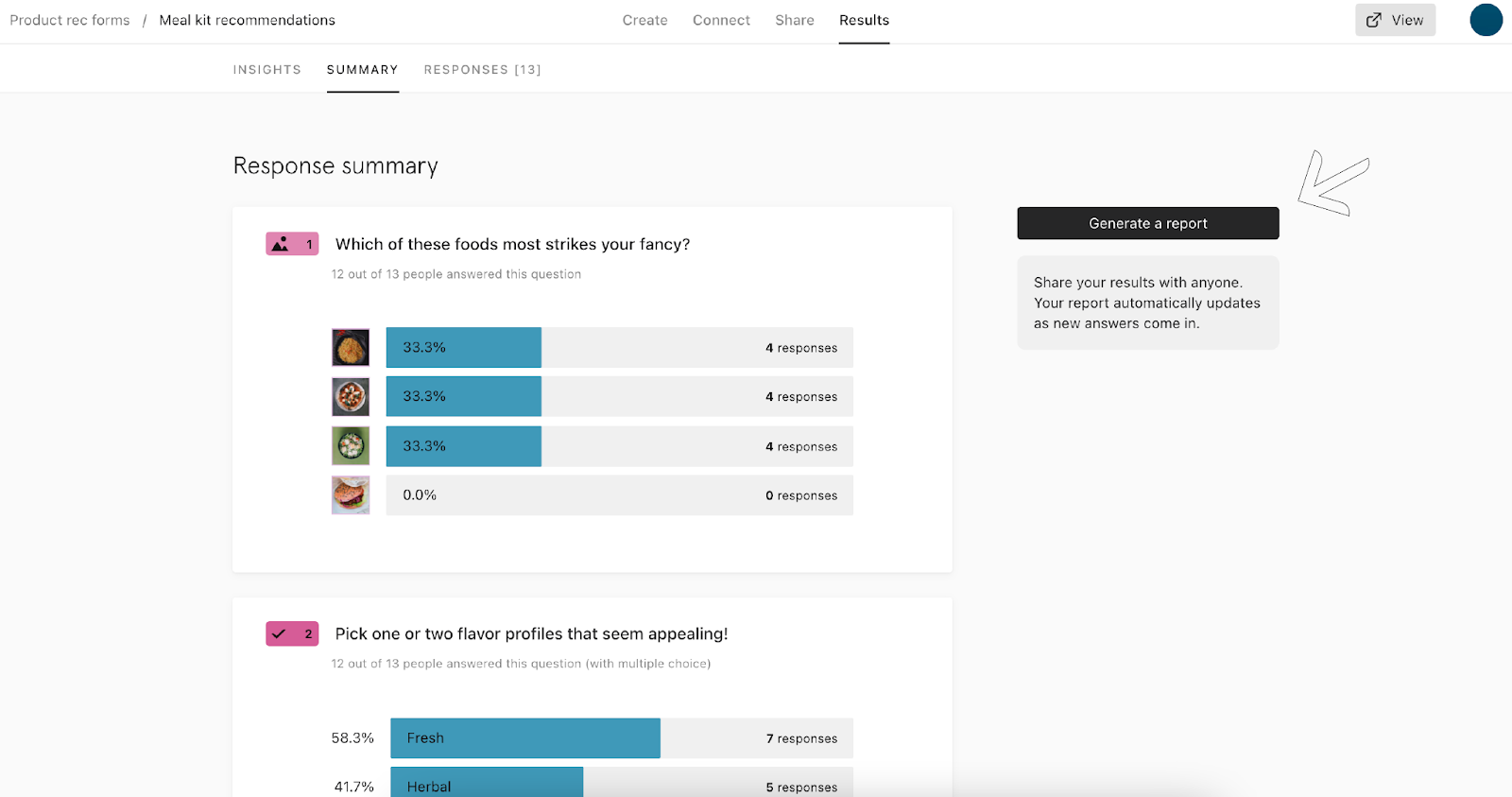
Surveying will tend to be conducted via tools like Typeform and SurveyMonkey to find systematic feedback and understand where customers are finding joy and where they find discontent. Customer success platforms such as ChurnZero and Gainsight are what enable you to correlate to the broader customer health monitoring processes you should already be doing.
Customer Enablement Best Practices
Implementation of customer enablement in a successful way means paying attention to several key best practices which distinguish the best programs from those that fall apart at the starting line. Below we outline four critical practices:
Personalize the Experience
You will need to segment your customers using the roles they occupy, the industry they participate in, and the use cases they expect in order to create the most relevant experiences. You will need to form role-specific content that acknowledges the distinct needs of your decision-makers, end users, and administrators, keeping the systems intact. Technical users also demand and appreciate detailed specifications, whereas business users will need outcome-centered explanations.
Make Learning Accessible
Be sure to offer multiple content formats due to the different learning styles of your clientele. That being said, there are universal principles like keeping the content digestible with 5 to 10-minute maximum modules. Enable mobile access to allow users to reach your content from their preferred devices and ensure there are offline options available. Translate your most vital resources so that global audiences can comprehend your works.
Foster Community Learning
User communities where customers share their solutions and learn together via shared experiences are core to building a sense of community learning. You should host regulated user groups that combine a sense of education with networking, as research shows that 60% of people are more loyal to brands because they have access to a wide network, and that 88% feel community access is the key to a better customer experience.[*]
Measure and Iterate
Finally, you should be tracking your engagement metrics across any and all enablement resources to see what exactly works and what might need iterative improvement. This could mean collecting feedback as each interaction occurs and using A/B testing to see which different approaches register. Update your content as products change and be sure to retire your outdated resources to cut down on product confusion.
Implementation Roadmap
Building customer enablement programs that actually work means taking a phased approach that manages to balance those quick wins with the establishment of long-term foundational gains and process changes.
Quick Wins (Weeks 1-4)
Your first weeks will mean getting quick wins that can be accomplished via an audit of your existing resources and creating those rich “getting started” guides. You will need to launch your first webinar series, set up the basic knowledge base, and collect the initial customer feedback. This state is setting up the table, so to speak, for bigger gains and improvements.
Foundation Building (Months 1-3)
Here lies the foundation creation stage, where you will develop those more comprehensive onboarding programs and build out the knowledge base content you’ve already created to cover more technical and richer feature sets. You will also start setting up customer communities on social media platforms and your own forms while working to integrate in-app guidance software. You should also be thinking about creating certification frameworks to form a sense of legitimacy and market presence.
Scale and Optimize (Months 3-6+)
Once the foundation has been built, your key mission is the expansion of the learning pathways and ensuring more advanced certifications for your most ardent and active users. You will also integrate a sense of enablement through customer journeys and implement customer experience automation to develop more dedicated enablement teams.
Measuring Customer Enablement Success
Engagement Metrics
Measuring how customers engage and form relationships with your enablement apparatus will provide actionable and true insights into your program’s effectiveness while underscoring the clear areas of improvement you need to address:
- Resource utilization: Be sure to track views, resource downloads, and overall completion rates across all existing enablement materials to register and accommodate for content that resonates most with your audience
- Learning progress: Monitoring your course completion percentages and certification achievement rates will give you insights into just how customers advance through structured learning pathways and where they hit the brakes and drop off
- Community activity: Measure posts, answers, and overall engagement levels within customer forums and discussion platforms to assess peer-to-peer learning health and overall engagement levels on a wider scale
- Support deflection: Figure out the self-service success rates, as this determines the overall effectiveness of your enablement resources and whether or not they actually do cut down on the burdens your support teams face daily
Engagement metrics will provide immediate feedback on your program adoption rates and work to identify content gaps and delivery issues before customer satisfaction is directly impacted or hit.
Business Impact Metrics
You will need to tie your enablement activities to the more measurable business outcomes if you have any chance of demonstrating the inherent strategic value of your enablement investment and want to guide your resource allocation decisions wisely:
- Product adoption: Work and analyze any feature usage patterns while accounting for the depth of adoption to uncover where and how education translates into significant product engagement and value realization
- Time to value: Track the speed at which customers reach their first success milestone, this is the metric that strongly predicts long-term retention and satisfaction
- Customer health: Monitor satisfaction scores and Net Promoter Score improvements to gauge the qualitative impact of your enablement efforts on overall customer experience
- Retention impact: Measure churn reduction and renewal rate improvements in customer cohorts that actively engage with enablement resources compared to those who don't
- Revenue growth: Quantify expansion revenue generated through deeper product adoption, advocacy programs, and customer referrals that result from successful enablement
These business metrics validate that enablement investments drive tangible outcomes beyond just engagement numbers.
ROI Calculation
ROI calculation happens when you quantify financial impact by taking in cost savings from cutting down support burdens and adding revenue benefits from better retention rates and potential account expansions. This accounts for both immediate and long-term compounding effects.
Your formula is simple: (Benefits - Investment) / Investment x 100.
Customer Enablement is Key to Brand Advocacy
Customer enablement is a functional and foundational shift from more reactive support to something proactive and motivational, leading to customers who succeed with your product.
When customers see your product as a part of the equation of their success, they become those brand ambassadors you dream about, but success requires you to think strategically. This means balancing scalable resources with personalized customer experiences, and is supported by continuous measurement and interaction using customer feedback and results.
FAQs
Customer enablement proactively educates customers to prevent problems, while customer support reactively solves problems after they occur.
Calculate cost savings from reduced support tickets plus revenue benefits from improved retention and expansion, divided by program investment costs.
Begin with a knowledge base platform, basic LMS for training, community platform for peer learning, and analytics to measure engagement.
Initial engagement metrics appear within weeks, while business impact metrics like retention improvement typically show results within 3-6 months.
Start with distributed ownership across existing teams, then consider a dedicated team as programs mature and scale requirements increase.
Focus on relevant, accessible content that solves real problems, communicate value clearly, and integrate enablement into natural customer workflows.